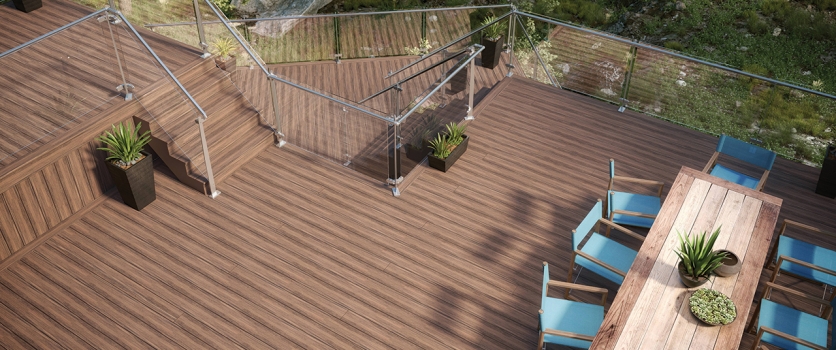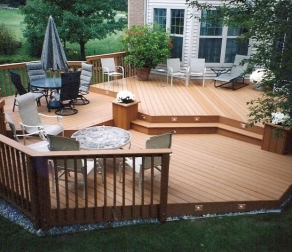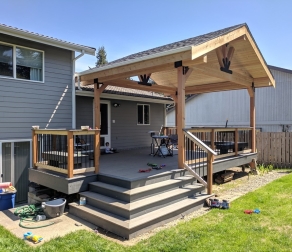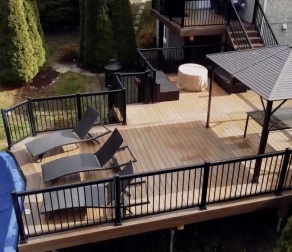Contrary to popular belief, cladding and siding are – technically speaking – not the same thing (according to the Construction Specification Institute). Because both make up the exterior surface area, or façade, of a building, the two terms are often used interchangeably. However, there are distinct differences between cladding and siding boards when it comes to installation, function and aesthetics. So, what are those differences, and why is it important to know about them? We break it down below:
Direct vs. Indirect Application: Put simply, siding is applied to a wall directly and cladding is applied indirectly. Cladding is separated from exterior sheathing by furring strips, creating a ventilated drainage plane and water-resistive barrier (WRB). Siding, however, can be nailed directly to sheathing or an insulation foam board. The space intentionally left between the cladding material and WRB allows cladding to be installed as part of a rainscreen system. What’s that, you ask? We’ll explore the importance of – and science behind – a rainscreen system in the next section.
Use in Rainscreen Systems: The exterior sheathing, WRB, ventilated drainage plane and cladding together form what is known as a rainscreen system. The extra air space between the cladding and the wall provides a channel that promotes ventilation and drainage. Top venting allows water vapor, exfiltrate and heat to exit upwards by convection, and bottom venting allow water and condensate to exit downwards by gravity. While siding will also offer some protection against water infiltration, only cladding offers dedicated space for trapped moisture to drain out, helping to prevent rot, mold and other moisture damage.
Durability: At first glance, it may seem like cladding boards and siding boards look the same. Upon further examination, you’ll a notice a difference between the two building materials. The average thickness of a cladding board is about 0.9 inches, while siding boards are can be as narrow as 0.04 inches. Because cladding boards are significantly thicker than siding boards, they’re a popular choice for buildings that require a durable exterior to protect against the rain, sun and wind’s weathering effects.
Design Versatility: When cladding boards are applied to a building’s exterior, they slightly protrude more than siding boards because of their thickness and the ventilated drainage plane. Siding boards can slightly overlap because of their slimmer profile and direct application. Cladding boards can also be oriented several different ways and are often used in multidimensional application designs. Not only can building designers can mix and match colors, they can also orient vertically, horizontally, diagonally and leverage the ventilated drainage plane space to manipulate a façade’s depth.
While cladding boards offer building professionals more flexibility to create unique façades and design concepts, they’re also a sought-after material for matching a minimalist ethos. For example, Fortress® cladding boards’ simplified installation process makes it easy to achieve a uniform, clean aesthetic without specialty equipment. They also come in a variety of complementary earth-tone colors that endure throughout the product’s lifetime. No fading or staining required to preserve their vibrant aesthetic.
Source: https://fortressbp.com/blog/264/whats-the-difference-between-cladding-and-siding




